Bruges
About Bruges
Although the Bruges region was already populated in Roman times, the city’s name appears for the first time in the 9th century, probably derived from the Old Germanic word ‘brugj’, which means ‘mooring’. Bruges has always had a special bond with the sea. After all, water played a crucial role in the city’s foundation. It was the place where several streams merged into a single river (the ‘Reie’), which flowed north into the coastal plain. This river was linked to the North Sea through a series of ‘tidal channels’, guaranteeing the city’s future welfare and prosperity.
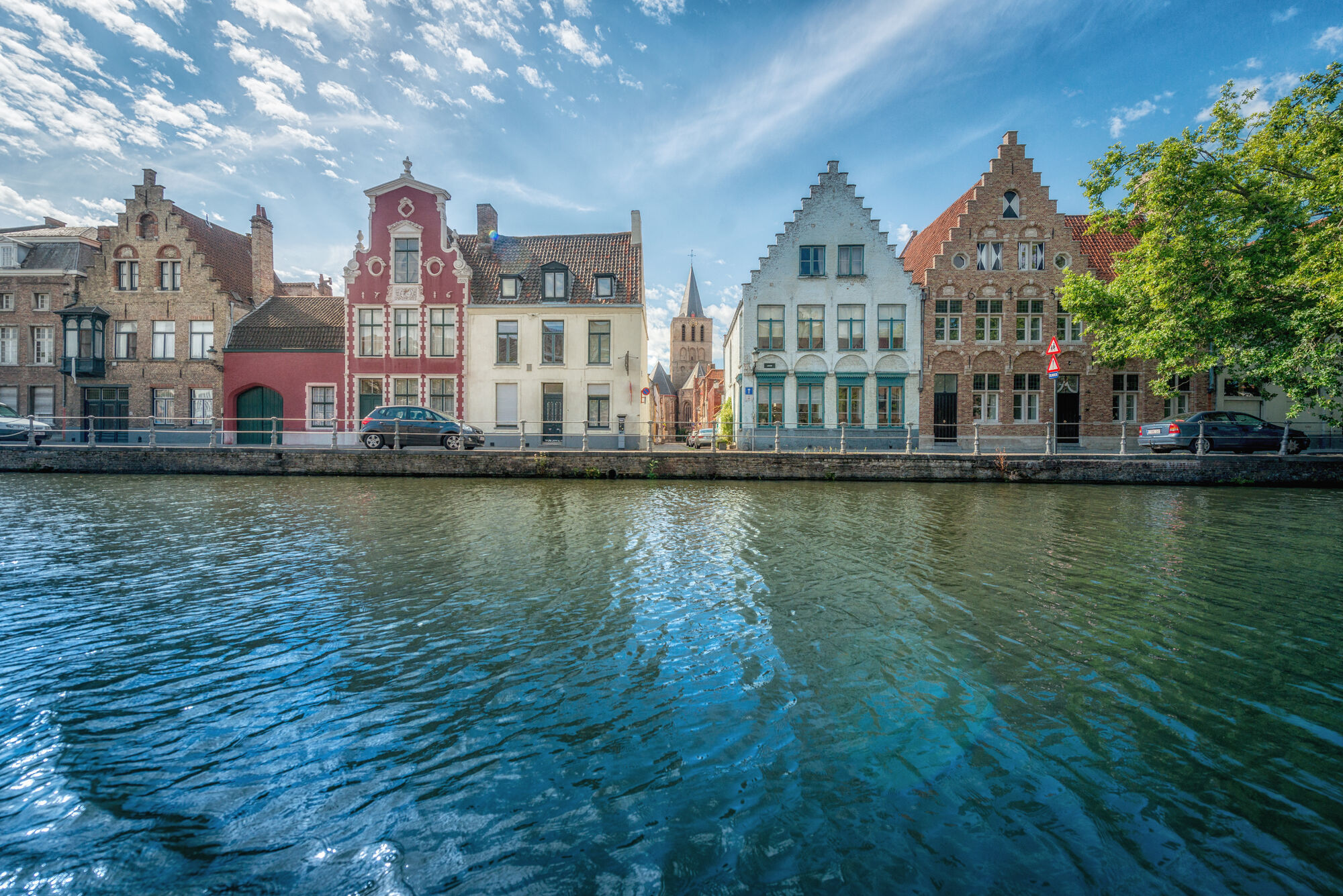 Visit Bruges / Jan Darthet
Visit Bruges / Jan DarthetA Favourable Location
In the early Middle Ages, Bruges developed into an international and bustling trading city with its own port, made possible by its favorable location and connection with the sea. At the same time, the fortified town became a powerful political stronghold, thanks to the presence of the Flemish Counts, who ruled over the County of Flanders. In the 13th century, Bruges was the leading trade center of northwestern Europe. Merchants from all over Europe settled in the city and the world’s first ever stock exchange (‘Beurs’ in Dutch) was founded in Bruges. These market activities took place in front of the house owned by a powerful family of brokers, the Van der Beurse family. As a result, their name became linked for all time with this kind of financial institution. In spite of the typical medieval maladies, the citizens of Bruges prospered, and soon the city developed a magnet-like appeal. Around 1340, the inner city numbered no fewer than 35,000 inhabitants.
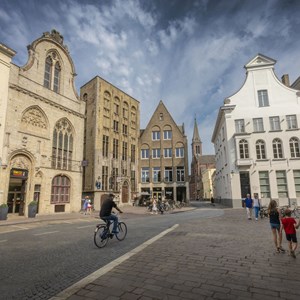 Visit Bruges / Jan D'Hondt
Visit Bruges / Jan D'HondtThe Golden Century
The success continued, and in the 15th century — Bruges’ golden century — business was even better than ever before. This was owing to the fact that from the end of the 14th century Flanders was part of the realm of the dukes of Burgundy. They expanded their presence in Bruges, turning the city into a cultural and commercial centre that was second to none. In addition to the traditional broadcloth, numerous new luxury goods were now produced and sold. Famous painters such as Jan van Eyck and Hans Memling — the great Flemish primitives — found their creative niche here. Fine arts flourished and in addition to wonderful churches and unique ‘nation houses’ (embassies), the monumental town hall was also completed. Bruges’ success seemed unstoppable.
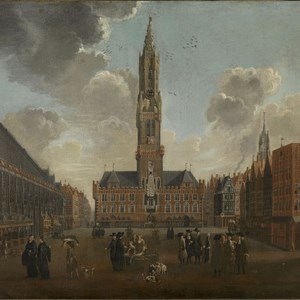 Wikipedia, public domain
Wikipedia, public domainDecline
The sudden death of the much loved ruler, Mary of Burgundy, in 1482 heralded the start of new and less fortunate times for the city. The relationship between the citizens of Bruges and their lord, the widower Maximilian of Austria, turned sour. The Burgundian court left the city, with the international traders following in its wake. To make matters worse, Bruges’ connection with the sea quickly silted up. The Golden Age had passed and was succeeded by long periods of war and regime changes. By the time Belgium gained independence in 1830, Bruges was a poor and impoverished provincial city. Strangely enough, the city's fortunes were changed for the better when a certain novel was written.
 Visit Bruges / Jan D'Hondt
Visit Bruges / Jan D'HondtRevival
In Bruges la Morte (1892), Georges Rodenbach aptly describes Bruges as a somewhat sleepy, yet extremely mysterious place. In particular, the 35 pictures that were included in the book for illustrative purposes sparked his readers’ curiosity. Soon Bruges’ magnificent patrimony was rediskovered and its mysterious intimacy turned out to be its greatest asset. With great care, Bruges took its first steps into tourism. The age-old desire to be connected with the sea resulted in the development of a new international seaport at the end of the 19th century, which was given the name of Zeebrugge.
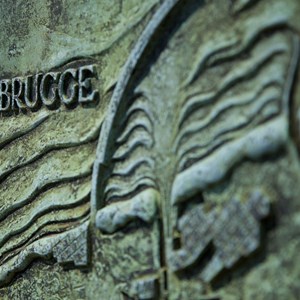 Visit Bruges / Jan D'Hondt
Visit Bruges / Jan D'HondtBruges Today
During the First World War, Zeebrugge became the operational base for the German submarine fleet, coordinated from their headquarters on the market square in Bruges. In the Second World War, the city again was occupied and again was spared destruction. Fortunately, both world wars left the historic city centre virtually unscathed, making Bruges increasingly appealing to visitors and culture-lovers alike. Its beauty and attraction was confirmed in 2000, when UNESCO classified the entire medieval inner city as a world heritage site. The rest, as they say, is history.
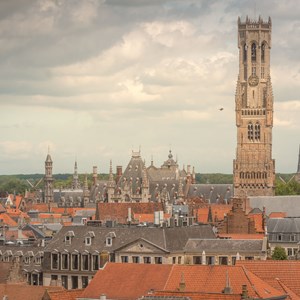 Visit Bruges / Jan Darthet
Visit Bruges / Jan Darthet